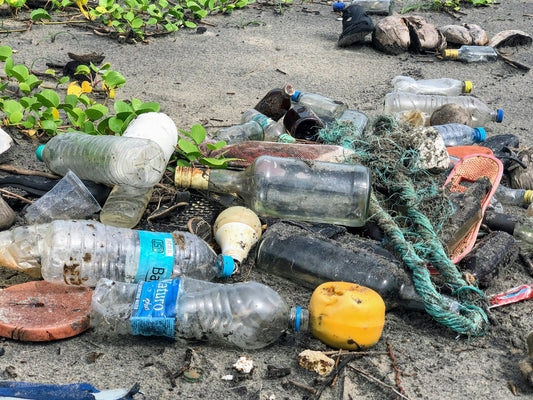Share
A Sticky Situation: New Brunswick’s Fur Traps Can Sometimes Snag the Wrong Beast:
In a wild instance of mistaken identity, a bald eagle found itself wrestling with a coyote snare in the Renous area of New Brunswick. After gaining freedom from its unexpected adversary, the eagle was moved to the Atlantic Wildlife Institute to recover—an effort that promises to be lengthy. According to Pam Novak, director of wildlife care at the Atlantic Wildlife Institute, this is not the first time they’ve seen eagles ensnared.
Fur Trapping: An Age-Old Practice in the Spotlight:
The snares are primarily put in place by harvesters to trap fur-bearing creatures like coyotes, whose fur is then used in fashion products. The legalities of fur harvesting vary across Canada, with the government of New Brunswick regulating the practice. While the process faces criticism from animal rights advocates, approximately 1,100 licenses are sold each year permitting trapping and hunting of 17 fur-bearing species.
The Role of Education in Fur Harvesting:
The incumbent president of the New Brunswick Trappers and Fur Harvesters Federation, Charles Neveu, insists that education is key to avoiding the capture of non-target species. By adapting measures, such as not placing a snare along the main access trail leading to the bait or within 15 meters of the bait, birds or even pets can be safeguarded. The Federation is poised to connect with a younger generation to prevent the dissemination of incorrect information on handling fur harvests.
The Debate on Fur Traps Continues:
Julia Haggerty, an advocate for banning fur traps, voices concerns over the humaneness of the traps and the enforcement of regulations. Despite not witnessing much change in regulations over the past two decades, Haggerty feels heartened by the diminishing popularity of fur purchases. Camille Labchuk, executive director of the non-profit Animal Justice, shares the same sentiment and envisions a future in stricter regulations around trapping and snaring, aligning more closely with Canadians' values.
In a wild instance of mistaken identity, a bald eagle found itself wrestling with a coyote snare in the Renous area of New Brunswick. After gaining freedom from its unexpected adversary, the eagle was moved to the Atlantic Wildlife Institute to recover—an effort that promises to be lengthy. According to Pam Novak, director of wildlife care at the Atlantic Wildlife Institute, this is not the first time they’ve seen eagles ensnared.
Fur Trapping: An Age-Old Practice in the Spotlight:
The snares are primarily put in place by harvesters to trap fur-bearing creatures like coyotes, whose fur is then used in fashion products. The legalities of fur harvesting vary across Canada, with the government of New Brunswick regulating the practice. While the process faces criticism from animal rights advocates, approximately 1,100 licenses are sold each year permitting trapping and hunting of 17 fur-bearing species.
The Role of Education in Fur Harvesting:
The incumbent president of the New Brunswick Trappers and Fur Harvesters Federation, Charles Neveu, insists that education is key to avoiding the capture of non-target species. By adapting measures, such as not placing a snare along the main access trail leading to the bait or within 15 meters of the bait, birds or even pets can be safeguarded. The Federation is poised to connect with a younger generation to prevent the dissemination of incorrect information on handling fur harvests.
The Debate on Fur Traps Continues:
Julia Haggerty, an advocate for banning fur traps, voices concerns over the humaneness of the traps and the enforcement of regulations. Despite not witnessing much change in regulations over the past two decades, Haggerty feels heartened by the diminishing popularity of fur purchases. Camille Labchuk, executive director of the non-profit Animal Justice, shares the same sentiment and envisions a future in stricter regulations around trapping and snaring, aligning more closely with Canadians' values.
We hope you enjoyed this article. Please feel free to leave a comment below if you want to engage in the discussion.
If you want to read more like this, make sure to check out our Blog and follow us on Instagram. If you are interested in truly sustainable products, check out our Shop.
Check out the original source here.








